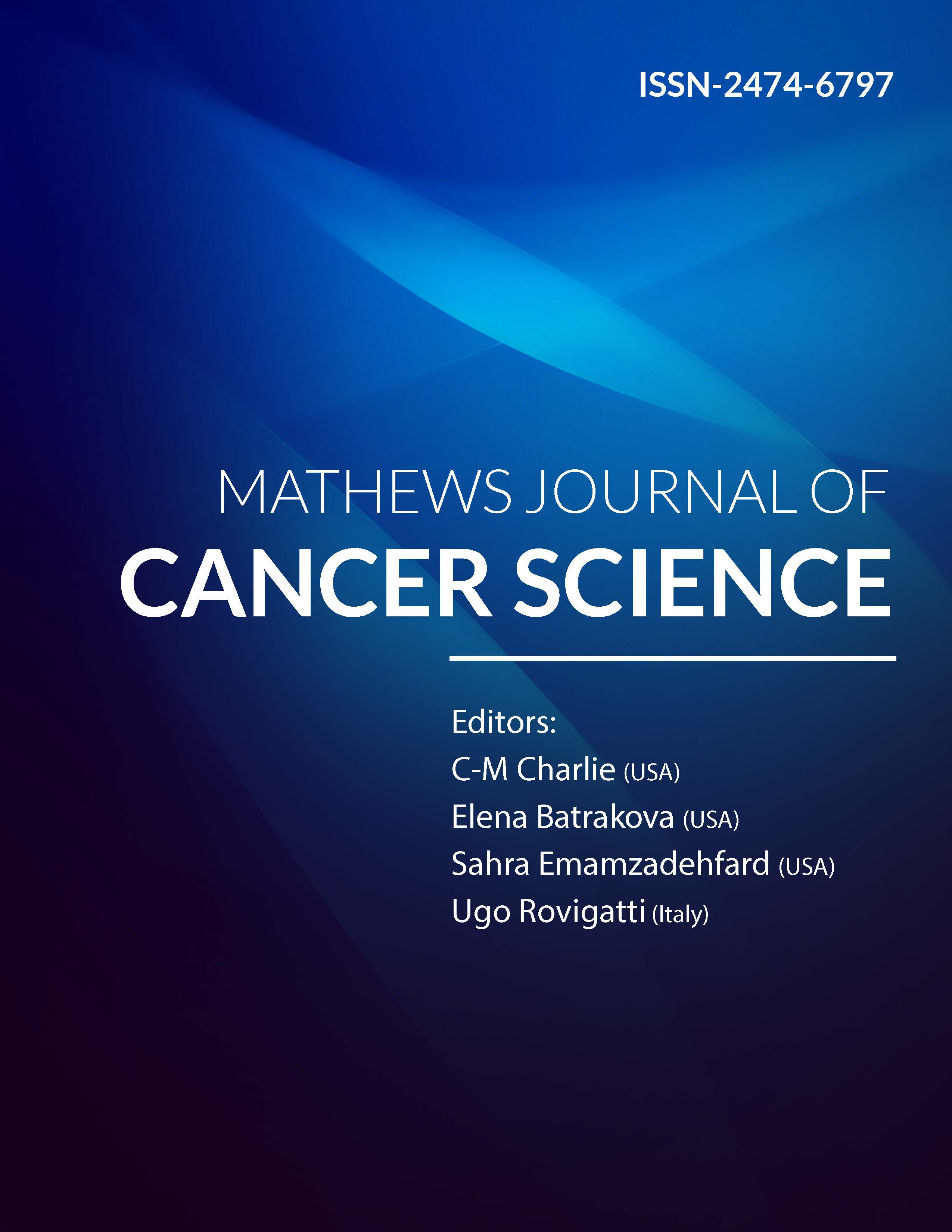
Information Links
Previous Issues Volume 8, Issue 3 - 2023
Effect of Radiobiological Model Parameterization on Radiotherapy Dose Conversion
Glenn C Ma*
Kansas City University, Kansas City, USA
*Corresponding Author: Glenn C Ma, Kansas City University, Kansas City, MO 64106, USA; Email: [email protected]
Received Date: September 18, 2023
Publication Date: October 18, 2023
Citation: Ma GC. (2023). Effect of Radiobiological Model Parameterization on Radiotherapy Dose Conversion. Mathews J Cancer Sci. 8(3):44.
Copyright: Ma GC. © (2023)
ABSTRACT
The parameterization of radiobiological models is essential to the conversion of the absorbed dose to biological effective dose (BED) and equivalent dose in 2 Gy fractions (EQD2) for clinical radiotherapy applications. In this work, we investigated the uncertainties of the linear quadratic (LQ) model parameters and their effect on the conversion of absorbed dose to BED and EQD2.
The LQ model parameters were fitted using a random sampling method for two experimental datasets, the melanoma and non–small-cell lung cancer (NSCLC) cell lines. Depending on the dose range used in the fitting process, the parameters for the LQ model were α = 0.13 Gy, α/b =2.35 Gy for the dose range 0 – 5.5 Gy and α = 0.22 Gy, α/b = 5.91 Gy for the dose range 0 – 10 Gy for the melanoma survival curve while for the NSCLC cell line, α = 0.33 Gy, α/b = 8.81 Gy for dose range 0 – 6.2 Gy and α = 0.47 Gy, α/b = 27.9 Gy for dose range 0 – 15 Gy, respectively. As a result, the BED and EQD2 values were converted, based on these LQ parameters differed by up to 100% for a 5-fraction x 10 Gy/fraction hypofractionated dose scheme. It is concluded that radiobiological models should be parameterized based on the dose range and treatment fractionation to reduce the uncertainty of BED and EQD2 conversion.
Keywords: Radiation therapy, radiobiological modeling, linear-quadratic (LQ) model, model parameterization, biological effective dose (BED), equivalent dose in 2Gy fractions (EQD2)